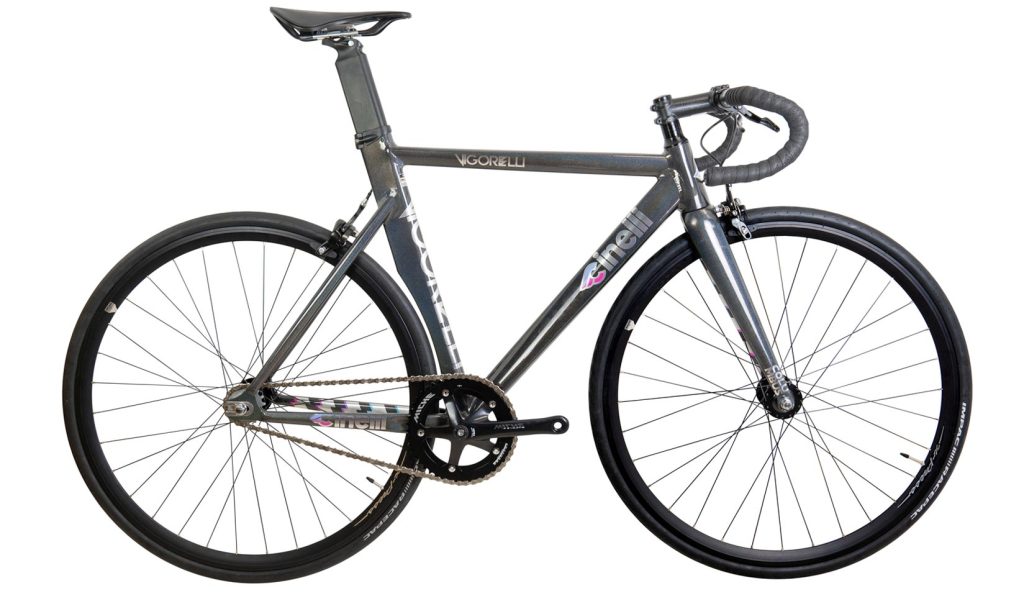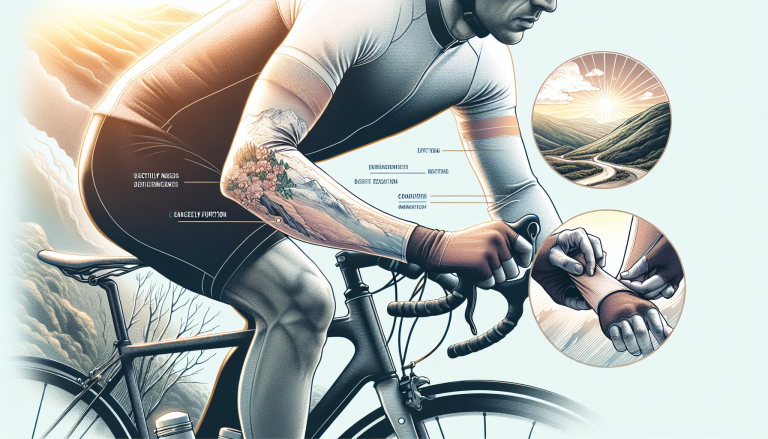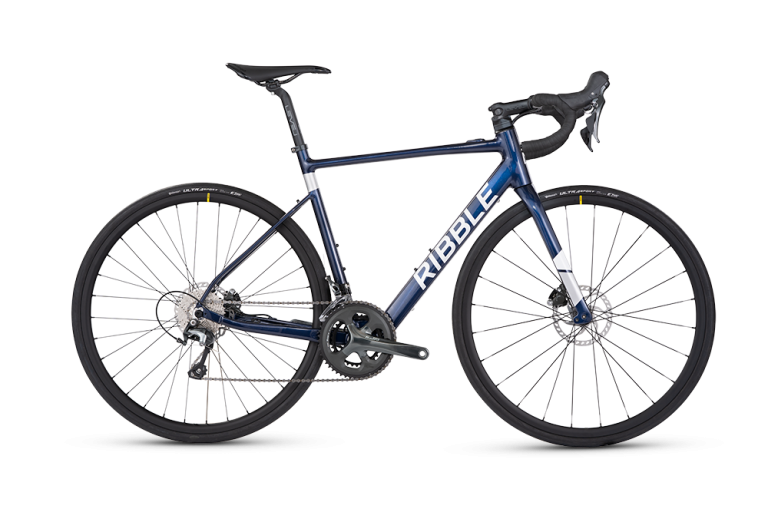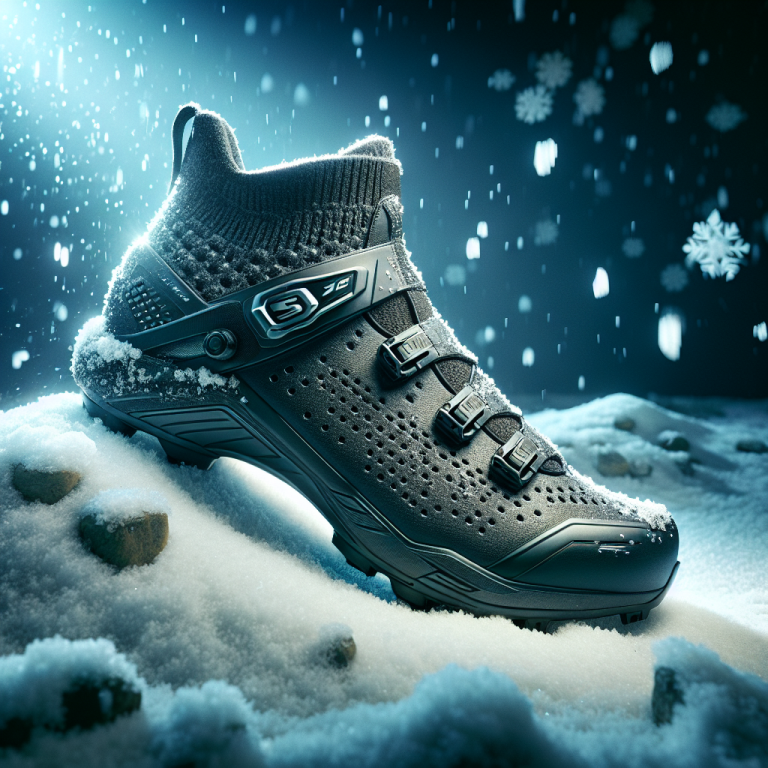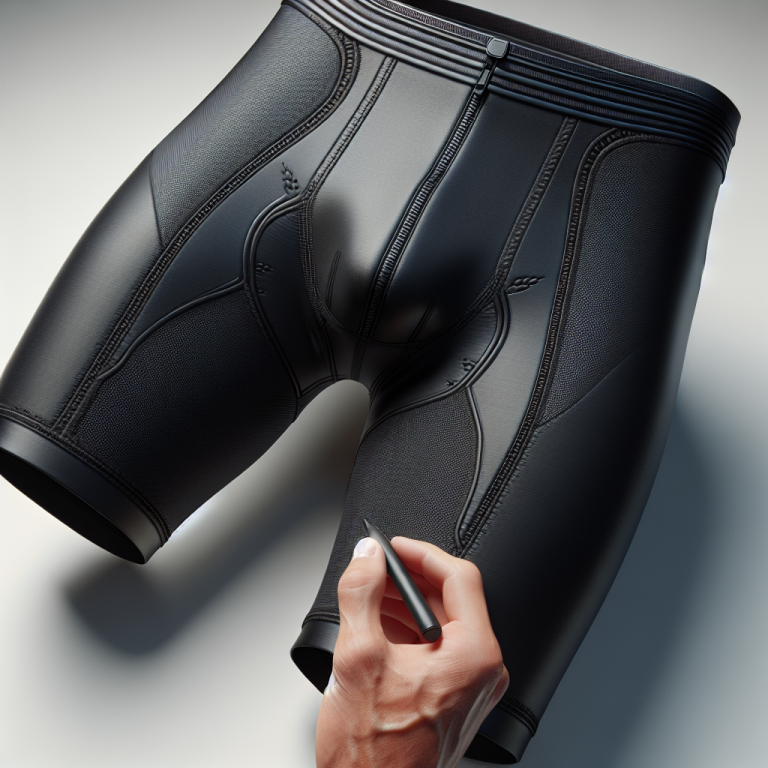Do you ever find yourself wondering about the ins and outs of the world of cycling? Well, look no further because today, we’re going to dive into the exciting realm of track biking! If you’ve ever wondered what exactly a track bike is and what sets it apart from your average bicycle, you’re in for a treat. In this article, we’ll explore everything from the distinctive design and features of a track bike to the thrilling sport that revolves around it. So, fasten your helmet and get ready to discover the thrilling world of track biking!
Table of Contents
ToggleWhat is a track bike?
A track bike, also known as a fixed-gear bike or velodrome bike, is a specialized type of bicycle that is designed for racing on a track or velodrome. Unlike traditional road bikes, track bikes have some distinctive characteristics that make them ideal for racing on a closed circuit.
Definition and Purpose
Track bikes are bicycles that are specifically designed for racing on a track or velodrome. They are different from road bikes in that they lack certain features such as gears and brakes. The purpose of a track bike is to provide the rider with maximum speed and maneuverability, allowing them to compete in races and achieve their best performance.
Distinctive Characteristics
One of the most distinctive characteristics of a track bike is its fixed gear. Unlike a traditional road bike that has multiple gears, a track bike has only one gear, which is fixed to the rear wheel. This means that when the rear wheel is turning, so are the pedals. The lack of gears allows for a more efficient power transfer, resulting in a faster and more responsive ride.
Another characteristic of track bikes is the absence of brakes. This is because races on a track are conducted in a controlled environment, and braking is not necessary. Instead, riders rely on their ability to slow down and stop by using resistance on the pedals or by skidding the rear wheel.
Primary Use
The primary use of a track bike is for racing on a track or velodrome. These races can vary in distance and format, ranging from sprint races to endurance events. The design and features of a track bike are optimized for maximum speed and agility, allowing riders to navigate the track with precision and control.
Popular Track Bike Brands
There are several popular track bike brands that are known for their quality and performance. Some of these brands include:
- Bianchi – Known for their classic and elegant designs, Bianchi track bikes have been used by professional cyclists for decades.
- Cinelli – Cinelli is a renowned Italian brand that is known for its innovative designs and cutting-edge technology.
- Fuji – Fuji track bikes offer a great balance between performance and affordability, making them a popular choice for both amateur and professional riders.
- Specialized – Specialized track bikes are known for their durability and precision engineering, making them a top choice for serious racers.
Components and Features
To understand a track bike fully, it is important to delve into its components and features, as they play a crucial role in its performance on the track.
Frame
The frame of a track bike is designed to be stiff and lightweight, allowing for optimal power transfer and maneuverability. It is typically made from materials such as aluminum, carbon fiber, or steel, with each material offering its own advantages in terms of weight, stiffness, and durability. The frame geometry of a track bike is also crucial, as it affects the bike’s handling and stability.
Wheels
Track bike wheels are typically lightweight and aerodynamic, designed to minimize rolling resistance and maximize speed. They are often made from carbon fiber or aluminum, offering a balance between weight and stiffness. Track bike wheels are available in a variety of sizes, with smaller wheels offering better acceleration and larger wheels providing better top-end speed.
Handlebars
Track bikes are equipped with drop handlebars, which are designed to offer a more aerodynamic and aggressive riding position. The drop handlebars allow the rider to tuck in and reduce wind resistance, enabling them to maintain higher speeds. Some track bikes also feature aero handlebars, which further enhance aerodynamic performance by reducing drag.
Drivetrain
Track bikes typically have a single-speed drivetrain, which means they have only one gear ratio. This simplicity allows for a more direct transfer of power from the rider to the rear wheel. Some track bikes may also have a fixed-gear drivetrain, which means that the rear cog is fixed to the rear wheel, and the pedals are always in motion when the bike is moving.
Brakes
Interestingly, track bikes do not come equipped with front brakes. This is because braking is not required on a velodrome track, as riders can control their speed by either resisting the pedals or skidding the rear wheel. Track bikes often have a rear wheel brake, which can be used for emergency stops or to slow down gradually.
Saddle
Track bike saddles are typically minimalist in design, focusing on weight reduction and comfort for the rider in an aggressive riding position. It is important for the rider to have a saddle that provides enough support and cushioning, as they would be spending a significant amount of time in the saddle during races.
Frame Geometry
The frame geometry of a track bike is crucial for achieving optimal speed and agility on the track. The geometry refers to the angles and lengths of the various tubes that make up the frame.
Geometry for Optimal Speed and Agility
Track bike frames are designed with steeper head tube angles and shorter wheelbases compared to road bike frames. This aggressive geometry allows for quicker handling and sharper turns, making it easier for riders to navigate the tight corners and banked curves of a velodrome track.
Track Bike Frame Materials
Track bike frames are typically made from lightweight materials such as aluminum, carbon fiber, or steel. Each material has its own advantages and characteristics. Aluminum frames offer a good balance between stiffness and weight, while carbon fiber frames are known for their excellent stiffness to weight ratio. Steel frames, on the other hand, provide a smoother and more comfortable ride because of their inherent damping properties.
Different Track Bike Sizes
Track bikes are available in various sizes to accommodate riders of different heights and body proportions. It is important to choose the right size frame to ensure a comfortable and efficient riding position. Most track bike manufacturers provide sizing charts that recommend frame sizes based on a rider’s height and inseam measurement.
Wheels and Tires
The wheels and tires of a track bike play a significant role in its performance and speed on the track.
Characteristics of Track Bike Wheels
Track bike wheels are typically lightweight, stiff, and aerodynamic. They are designed to minimize rolling resistance, allowing riders to achieve higher speeds. The choice of wheel depth depends on the rider’s preference and the track conditions. Shallower wheels are lighter and offer better acceleration, while deeper wheels provide better aerodynamics and stability at high speeds.
Tubular vs Clincher Tires
Track bikes can be fitted with either tubular or clincher tires. Tubular tires are commonly used in track racing because they offer lower rolling resistance and allow for higher tire pressures, providing better performance on the track. Clincher tires, on the other hand, are more convenient and easier to change, making them popular for training purposes.
Handlebars and Aerodynamics
The handlebars of a track bike are designed to offer the rider an aerodynamic riding position, minimizing drag and maximizing speed.
Drop Handlebars
Track bikes are equipped with drop handlebars, which allow the rider to achieve a lower and more aerodynamic riding position. The drops of the handlebars provide multiple hand positions, allowing the rider to adjust their body posture to suit different situations during races.
Aero Handlebars
In pursuit events or time trials, riders may choose to use aero handlebars on their track bikes. Aero handlebars, also known as tri bars or time trial bars, provide a more aggressive and aerodynamic riding position by allowing the rider to rest their forearms on padded extensions. This position reduces the frontal area exposed to the wind, reducing drag and improving overall aerodynamic efficiency.
Importance of Aerodynamics
Aerodynamics is crucial in track racing, as even a small reduction in drag can lead to significant improvements in speed. By minimizing wind resistance, riders can achieve higher speeds with less effort, giving them a competitive advantage. That’s why track bike manufacturers pay great attention to the aerodynamic design of the frame, wheels, and handlebars.
Drivetrain and Gearing
The drivetrain and gearing of a track bike are important factors that contribute to its performance on the track.
Single Speed vs Fixed Gear
Track bikes typically have a single-speed drivetrain, which means they have only one gear ratio. This simplifies the bike’s design and eliminates the need for shifting gears during races. Some track bikes may also have a fixed-gear drivetrain, which means that the rear cog is fixed to the rear wheel, and the pedals are always in motion when the bike is moving.
Gear Ratios and Cog Sizes
Gear ratios on track bikes are typically higher than those found on road bikes. Higher gear ratios allow for more power output and better acceleration from a standing start. The choice of gear ratio depends on the rider’s strength, preferences, and the specific event or distance they are racing.
Benefits of Higher Cadence
Track cyclists often strive for higher cadences, aiming to maintain a quick and consistent pedal turnover. A higher cadence allows for smoother and more efficient pedaling, reducing fatigue and maximizing power output. With the absence of gears, track cyclists rely on their ability to fine-tune their cadence to match the demands of the race.
Brakes and Safety
Track bikes have a unique braking system, which differs significantly from that of road bikes.
No Front Brake
Track bikes do not come equipped with a front brake. This is because braking is not necessary on a track, as riders have complete control over their speed through other means such as resistance on the pedals or skidding the rear wheel. The absence of a front brake reduces weight and eliminates the risk of accidental braking, allowing for a cleaner and more streamlined design.
Rear Wheel Brake Only
Track bikes typically have a rear wheel brake, which can be used for emergency stops or to gradually slow down. This rear brake is operated by a lever on the handlebars, allowing riders to apply pressure to the rear wheel and control their speed as needed. However, it is important to note that the rear brake is not typically used during races, as riders rely on alternative methods to control their speed.
Importance of Skid Patches
Skid patches, which are the areas on the tire that come into contact with the ground during skidding, are an important consideration for track bike riders. By skidding the rear wheel, riders can effectively slow down or stop the bike. However, excessive skidding can cause uneven wear on the tire and reduce its lifespan. Therefore, riders often prefer to skid using certain angles, known as skid patches, to distribute the wear more evenly and prolong the life of the tire.
Saddle and Riding Position
The saddle and riding position of a track bike contribute to rider comfort and performance on the track.
Minimalistic Design
Track bike saddles are designed with a minimalist approach, focusing on weight reduction and comfort in an aggressive riding position. The saddle is typically narrow and lightweight, allowing the rider to move freely during races. The minimal padding on the saddle helps to reduce weight and increase power transfer.
Track Bike Saddle Materials
Track bike saddles are often made from lightweight materials such as carbon fiber or synthetic materials like nylon and microfiber. These materials offer a good balance between weight, comfort, and durability. Track cyclists often prefer a saddle that provides a firm and supportive platform, as it allows for better power transfer and reduces the risk of discomfort during races.
Aggressive Riding Position
Track bike riders adopt an aggressive riding position, with a forward-leaning posture that maximizes power transfer and aerodynamics. The aggressive riding position helps to generate more power, as the rider can engage their core and lower body muscles more effectively. It also allows for better weight distribution and cornering control, enabling riders to navigate the tight turns and banked curves of a velodrome track with precision.
Track Bike vs Road Bike
While track bikes and road bikes may appear similar at first glance, they are designed with different purposes and features.
Design and Purpose Differences
Track bikes are purpose-built for racing on a track or velodrome, offering maximum speed and control. They have a simple and minimalist design, with features optimized for track racing such as a fixed gear drivetrain, aerodynamic frame, and drop handlebars. Road bikes, on the other hand, are designed for riding on a variety of terrains, with features such as multiple gears, brakes, and a more relaxed riding position.
Features and Components Comparison
Track bikes and road bikes differ in several key components and features. Track bikes have a single-speed or fixed-gear drivetrain, while road bikes typically have multiple gears for varying terrains. Track bikes lack brakes or have only a rear-wheel brake, whereas road bikes are equipped with front and rear brakes for better stopping power. The geometry of track bikes is more aggressive and focused on speed, while road bikes often have a more relaxed geometry to prioritize comfort on long rides.
In conclusion, a track bike is a specialized type of bicycle designed for racing on a track or velodrome. It features distinctive characteristics such as a fixed gear drivetrain, drop handlebars, and a minimalist design. Track bikes prioritize speed, agility, and aerodynamics, allowing riders to perform at their best in track races. With their unique components, features, and frame geometry, track bikes offer a thrilling and competitive experience on the velodrome.

